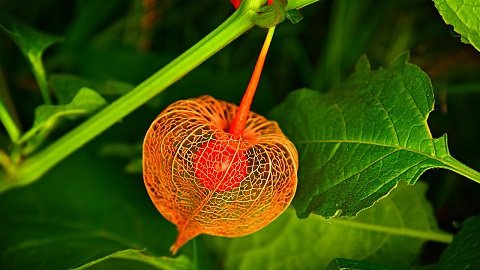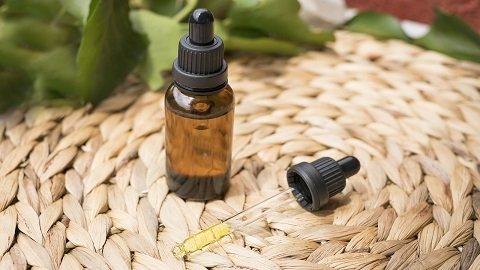Good morning everyone, today I would like to share with you my personal experience in using alkekengi as a phytotherapeutic remedy.

Foto di Mabel Amber, who will one day da Pixabay
Alkekengi is a perennial herbaceous plant that can withstand temperatures up to 5 °C and the maximum concentration of active ingredients in the seeds is obtained when the latter mature, around the month of October.
The toxicity is medium, the rhizome and leaves are toxic due to their solanine content, furthermore it is incompatible with diuretic drugs.
Do not take Physalis alkekengi supplements during pregnancy and breastfeeding, always consult a doctor before taking phytotherapeutic preparations based on this plant.
The active ingredients present in its seeds, in particular citric acid, physalin, carotenoids and physaline perform a discrete diuretic function. The seeds are the only edible part of the plant.
PREPARATIONS
Wine: prepared with 25 g of mannitol and 30 g of ripe seeds, macerated for 15 days in 1 l of enolito (900 ml of white wine and 100 ml of 96° alcohol). The filtrate can be stored for 6 months, 100 ml per day for the treatment of water retention.
NOTES
It should not be confused with Physalis ixocarpa, which produces a much larger berry.
Buongiorno a tutti, oggi vorrei condividere con voi la mia esperienza personale nell'utilizzo dell'alkekengi come rimedio fitoterapico.

Foto di Erin Stone da Pixabay
L'alkekengi è una pianta erbacea perenne che resiste a temperatura fino a 5 °C e la concentrazione massima di principi attivi nei semi si ottiene una maturazione di questi ultimi, verso il mese di ottobre.
La tossicità è media, il rizoma e le foglie sono tossiche per il loro contenuto in solanina, inoltre è incompatibile con i farmaci diuretici.
Non assumere integratori di Physalis alkekengi in gravidanza e allattamento, consultare sempre un medico prima di assumere preparati fitoterapici a base di questa pianta.
I principi attivi presenti nei suoi semi, in particolare acido citrico, fisalina, carotenoidi e fisaliene svolgono una discreta funzione diuretica. I semi sono l'unica parte commestibile della pianta.
PREPARAZIONI
Vino: preparato con 25 g di mannitolo e 30 g di semi maturi, fatti macerare per 15 giorni in 1 l di enolito (900 ml di vino bianco e 100 ml di alcol 96°). La conservazione del filtrato è pari a 6 mesi, 100 ml al giorno per il trattamento della ritenzione idrica.
NOTE
Non è da confondere con Physalis ixocarpa, che produce una bacca molto più grossa.
Sources - Fonti :
https://erbeofficinali.org/dati/q_scheda_res.php?nv_erba=alkekengi
https://www.my-personaltrainer.it/erboristeria/alkekengi.html#:~:text=Nella%20medicina%20popolare%2C%20l'alkekengi,tintura%20madre%20e%20gocce%20orali.
An in interesting thing you have written about the alkekengi plant, and with that, lt's going to guide people on when to take lt, greetings
Thanks for commenting.
Plants can be useful as medicines for many pathologies, we hope more and more people, studying, will realize this.
Welcome dear friend.
You are right.
!discovery 40
Adoro questa piantina è proprio bella!
Nice captures
Congratulations @ghilvar! You have completed the following achievement on the Hive blockchain And have been rewarded with New badge(s)
Your next target is to reach 22000 upvotes.
You can view your badges on your board and compare yourself to others in the Ranking
If you no longer want to receive notifications, reply to this comment with the word
STOPThis post was shared and voted inside the discord by the curators team of discovery-it
Join our Community and follow our Curation Trail
Discovery-it is also a Witness, vote for us here
Delegate to us for passive income. Check our 80% fee-back Program